Robert talked for over two hours about the prelude to Bosworth, the setting of the battle and the drawing of battle lines and their subsequent redrawing recently when the largest concentration of shot from any medieval battlefield in Europe were found by Dr Glenn Foard of the Battlefield's Trust and his team. So far 30 - mainly 25-65mm; but the largest 93mm weighing 7.2 Kg - which put the site beyond doubt. And the subsequent treatment of Richard's body with it's eventual burial at Grayfriars in Leicester and these are a summary of some of the notes I took.
At the site: Skeleton found on the first day less than 1 car’s width from the ‘R’ painted on the car park! The main focus of his talk was on the wounds and how they might have been inflicted and what these could tell us about Richard's last moments.
Analysis:
The skeleton was from a Caucasian male ~35 years of age.
There were 12 wounds on the body - 9 Cranial and 3 post-cranial. This is higher than the average number of wounds from those recovered at Towton which was 4.2, though the highest at Towton was 14.
This is likely to be an underestimate as there would probably also been flesh wounds - wounds that left no trace on the skeleton. Small teeth - especially back ones and had lost 1st left upper molar.
Suggestion that the hands were still tied at the time of burial by their position. There was no evidence of coffin or shroud and the hole was not large enough for the body therefore the skeleton is rather crumpled. The feet were missing.
Richard’s standard bearer at Bosworth Sir Percival Thirwell died after having his feet sliced away during the battle, possibly with a two-handed sword but more likely with a bill or Halberd - however Richard’s feet were likely lost to previous building on the site (Victorian toilet).
On examination the spine showed significant scoliosis, this developed at puberty and increased in severity with age.
There is still much work to be done on how this affected Richard but likely that his head would be off centre - over to the right.
If his spine had been normal he would have stood about 5’ 8’’ in height but with his spinal deformity he could have been up to 1’ shorter - however if this extreme was the case it is likely that this would have been mentioned by contemporaries.
Wounds were classified using experience of forensics team and using as a guide the cranial trauma identification chart developed by Caroline Needham in 1999.
Evidence of ante-mortem wounds? Was there any evidence for the injuries that Richard was known to have suffered at Barnet? Nothing so must have been a flesh wound only.
Contemporaries state that Richard died leading a charge against Henry Tudor.
It is known from contemporary accounts that the Earl of Oxford told his men to ‘stay within 10’ of your standard’. (Vatican record has 4’ but this has then been crossed out).
Richard kills Tudor’s standard bearer Brandon - so must be very close to Tudor - may have even crossed swords with him if he was that close to his standard.
Why did he charge?
Desperate move as the battle was turning against him?
Deliberate brave move - almost made it!
Charge stalled by - men + marsh?
Accounts say Richard fights on foot and kills several men -
Horse either stuck in the marsh or slain?
? chose to dismount as English tended to fight on foot.
Richard is well protected but his armour fails under a ferocious attack.
Evidence:
Wounds
1.
Right sided cuts to the jaw:
a) Lower jaw
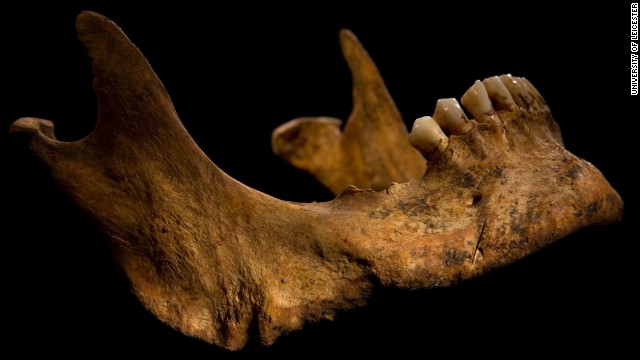
b) Near hinge point.
These were
delivered by a knife possibly cutting away the strap to forcibly remove his
helmet. Bone chipped away ~ 5mm in length.
2.
Penetrating wound to right maxilla
Small
rectangular hole. Relatively fragile bone. ? delivered post mortem or from
behind. This could not have been delivered with helmet in situ. This was not an
attempt to kill but would have been painful. Has a square profile - likely a
dagger strike.
3.
Wounds to the top of the head
(a) Left posterior cranium. Outer surface of
the skull removed (death star appearance). This was from a bladed weapon -
striations/curve or ‘scoop’ up from the base.
(b) Second scoop can be seen and the
striations can be compared to see if this is from the same weapon. Neither of
these blows were fatal nor were they attempts to scalp, though they would have
lifted flaps of skin resulting in a lot of bleeding. Similar to Towton 11.
(c) Non-fatal penetrating would to the top of
the skull; has a rectangular profile so likely a dagger (Rondel). No fractures
near this wound so not percussive force. A ‘key-hole’ wound ~2-3mm wide. This
did not go all the way through but dislodged 2 small bits of bone so was
delivered with some force. Richard would be on the ground so there is likely a
2-handed delivery.
(a) There is a large wound to the right occipital which although possibly not fatal would have exposed the brain and there would have been a lot of blood. Seen in top of picture below.
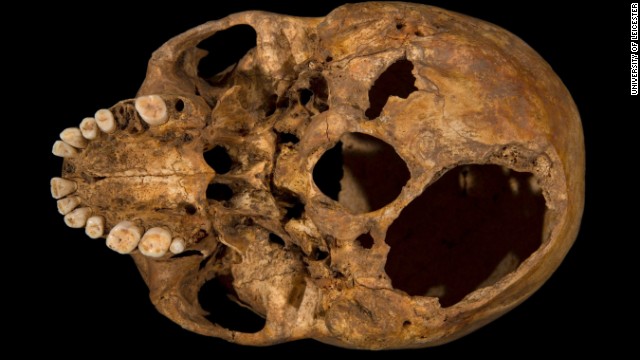
(b) Penetrating wound to the left occipital which goes all the way through (~100mm in length) and has marked the inside of the top of the skull. This would have been fatal.

Jean Molinet was historiographer to the Burgundian court and sympathetic to the Yorkist cause. His account of Bosworth in Chroniques was written c.1490. He interviewed veterans after the battle. In it he states: ‘One of the Welshmen then came after him, and struck him dead with a halberd’.
Other contemporary evidence comes from a poem by a Welsh poet called Guto'r Glyn. He composed a poem in praise of Rhys ap Tomos, one of the main supporters of Henry Tudor in his campaign. Rhys led an army of Welshmen to support Henry on the battlefield at Bosworth, and was then knighted for his services to the king. Not long after, Guto'r Glyn sang a poem in praise of his exploits, and he talks about the killing of Richard. He actually says Richard’s head was 'shaved'. This had previously been understood in a figurative sense; perhaps that his head had been chopped off. But it seems from looking at the wounds to the skull, that this was meant quite literally: that someone had chopped across the top of his head, cutting off a chunk of his hair and a bit of skull with it.
5. Other wounds
These could only have been delivered to an un-armoured man therefore are post-mortem and are humiliation or insult injuries.
(a) Nick in the right 10th rib just above the kidney ~5mm in length - possibly from a sword or dagger.
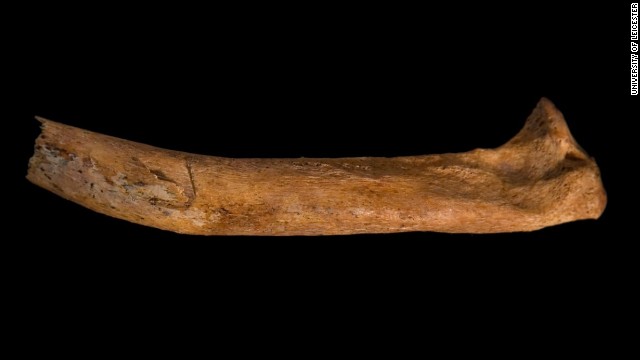
Unlike the victims of Towton there was no facial mutilation nor any attempt to remove ears as trophies such as seen on Towton 32.
This is because
it is likely that Richard fell forward i.e. was killed from behind and also
that there were orders to save his face for later recognition, possibly a direct
order from Henry Tudor who was close by.
No defensive
wounds have been found on Richard’s arms/forearms. These are the most common
wounds and at Towton often seen on the forearms. (Not feinting blows as has
been suggested - these are defensive - fending off attack and are instinctive).Therefore
likely that Richard’s armour stayed intact until his death.
Robert emphasized that there is still much work to be done and the final conclusions will not be delivered until late this year.
All photos Leicester University.
All photos Leicester University.

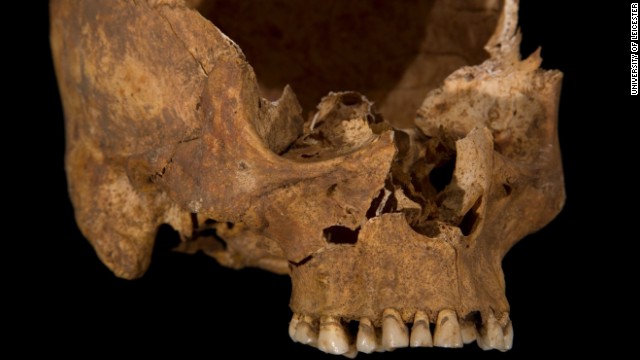
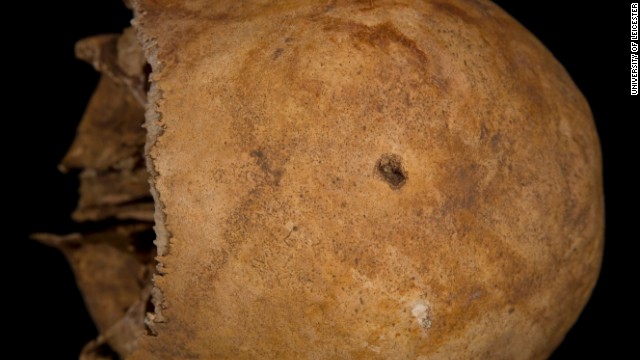
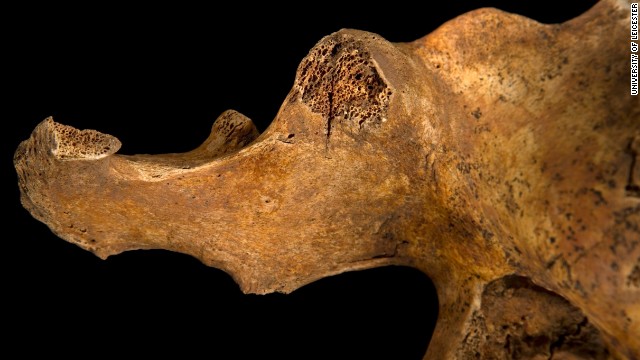

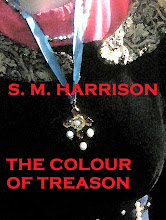
2 comments:
Great report -- Thanks!
Good Article! Thanks for sharing!
Post a Comment